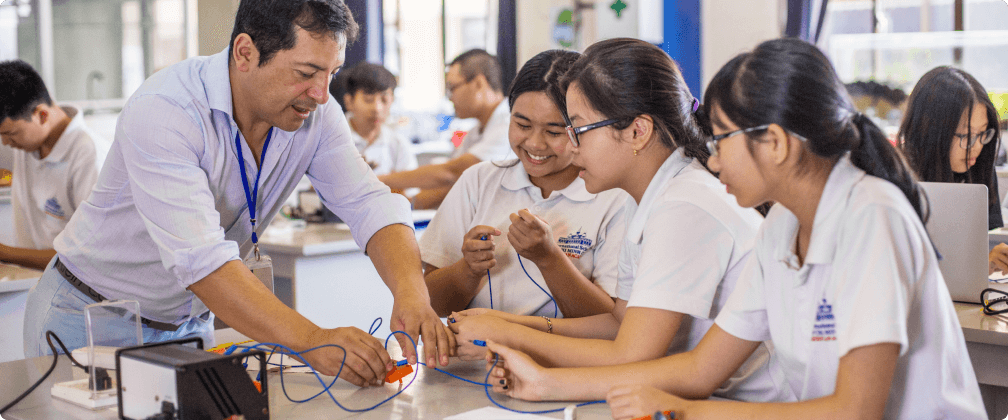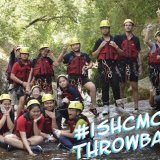Visible Learning is a book written by John Hattie, published in 2008, that was once dubbed ‘the Holy Grail of teaching’ by the international publication: Times Educational Supplement (TES.com). In the groundbreaking study the author detailed a range of influences that have both a positive and negative impact on learning. His findings have strongly influenced the way teachers now approach general teaching practices.
In essence, Visible Learning challenges every teacher to become the evaluator of their own teaching methods. Hattie believes that when a teacher can see learning through the eyes of their students, they will then help their students to become their own teachers and thus achieve greater success.
For the book and subsequent updates, John Hattie studied seven areas that contribute to learning: student, home, school, classroom, curricula, teacher, teaching & learning approaches. In his original study he ranked 138 influences that are related to learning outcomes, using a scale that included extreme positive effects to very negative effects.
According to Hattie’s research, learning is significantly improved when teachers work together effectively, activate their student’s prior knowledge on a topic, and create opportunities for students to collaborate and learn from one another. Interestingly, practices like tracking or ranking, homework, modifications to the timetable and one to one laptops did not show as significant an impact on student learning.
However Visible Learning does not only provide a list of the relative effects that have different influences on a student’s achievement, it shows that the key to making a difference was making teaching and learning visible. Experts who have studied Visible Learning have surmised that Hattie’s findings ask teachers to consider ‘What works best?’ in teaching rather than ‘What works?’.
It is widely accepted that teachers who work closely with a child to find out how they feel about what they are learning, and who challenge students and provide sound feedback, will achieve greater success.
Hattie has now detailed 252 influences and effect sizes related to student achievement, which can be viewed here at the Visible Learning website.
“When teaching and learning are visible, there is a greater likelihood of students reaching higher levels of achievement”. – John Hattie
John Hattie is now professor of education and director of the Melbourne Education Research Institute at the University of Melbourne.
Visible Learning at ISHCMC-American Academy – School Handbook statement
Instruction at ISHCMC-AA is driven by our core understanding that students learn best through active, differentiated and collaborative processes. Teachers at ISHCMC-AA use a range of methods based on the learning objectives and the needs of the students to focus on developing student understanding. As much as possible, teachers differentiate and personalize instruction so that students find the appropriate level of challenge and support as well as opportunities to capitalize on their personal strengths and interests.
Our teaching staff explicitly teach metacognitive strategies to help students describe how they approached a problem, and they often put more emphasis on a student’s explanation, than on whether or not they got the correct answer.





